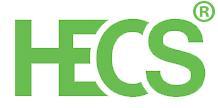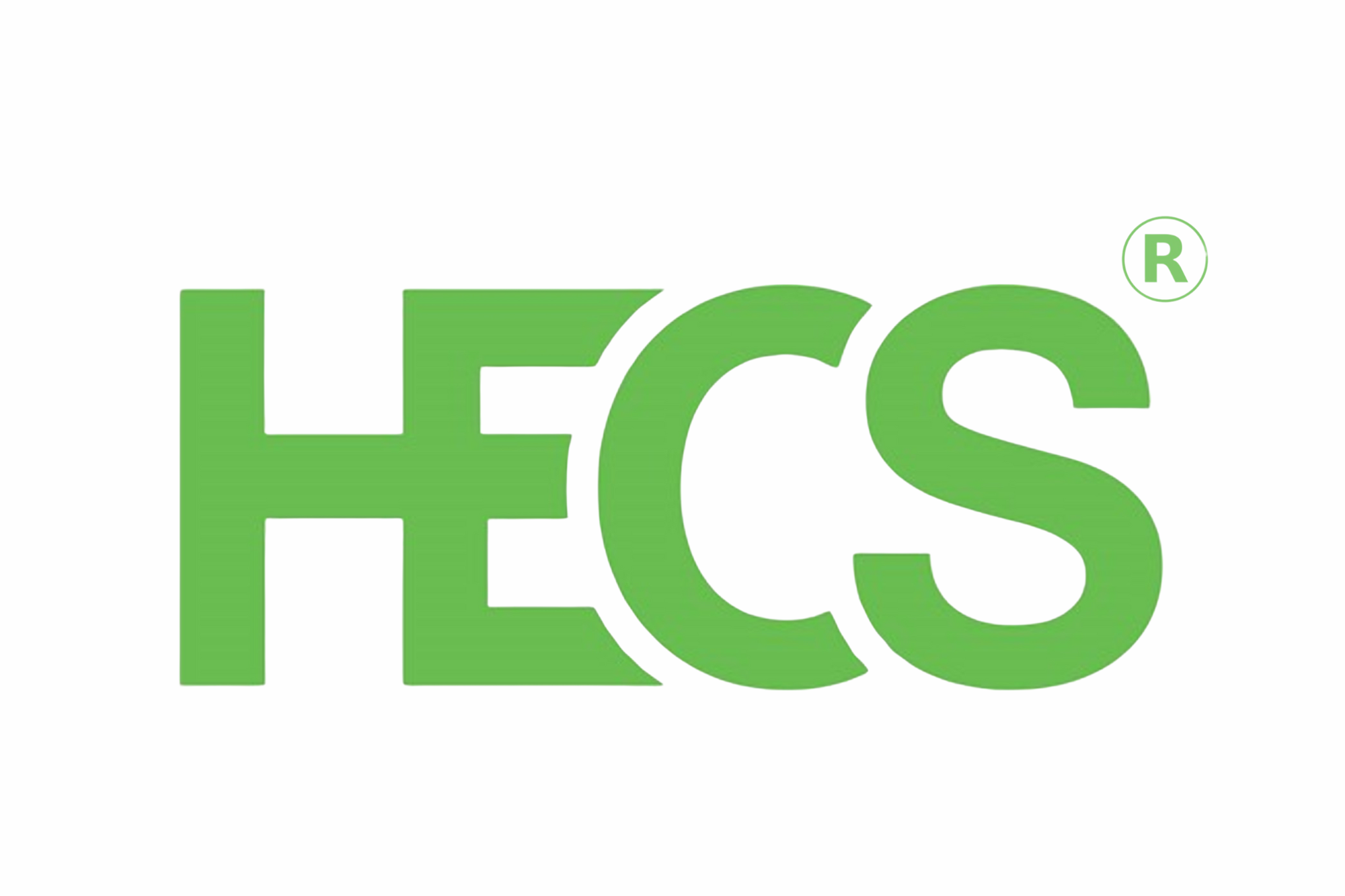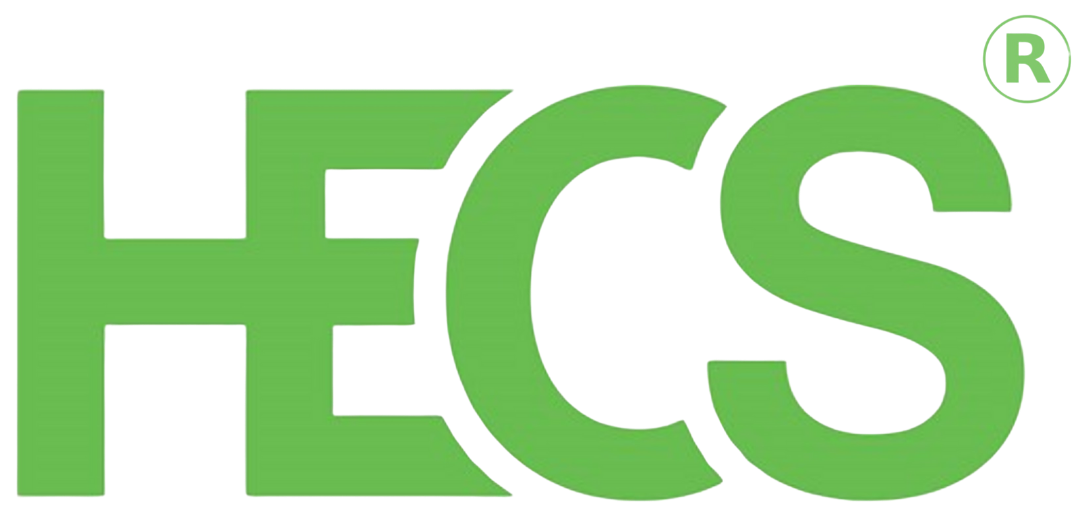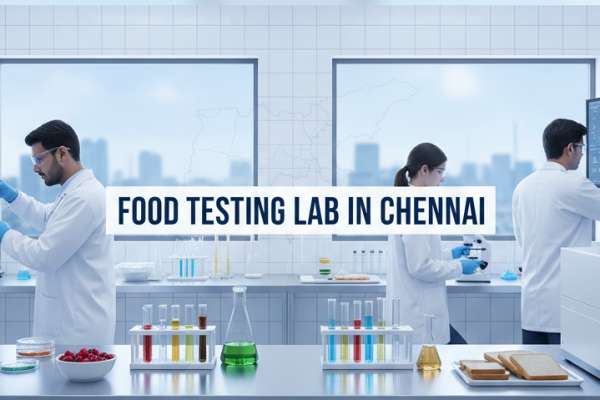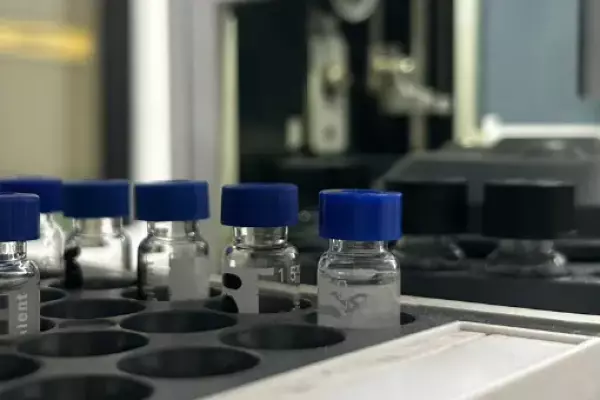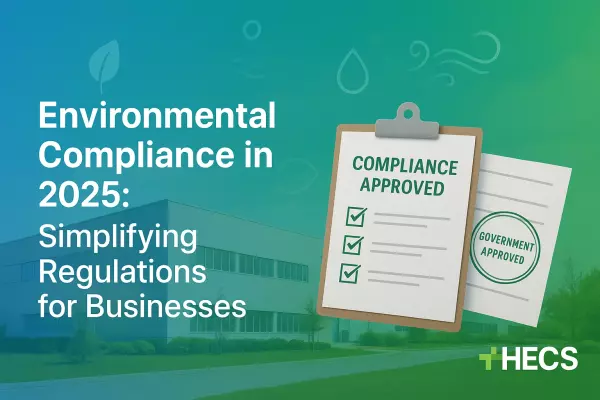
Food Packaging Safety Testing: Are Harmful Chemicals Leaching Into Your Product?
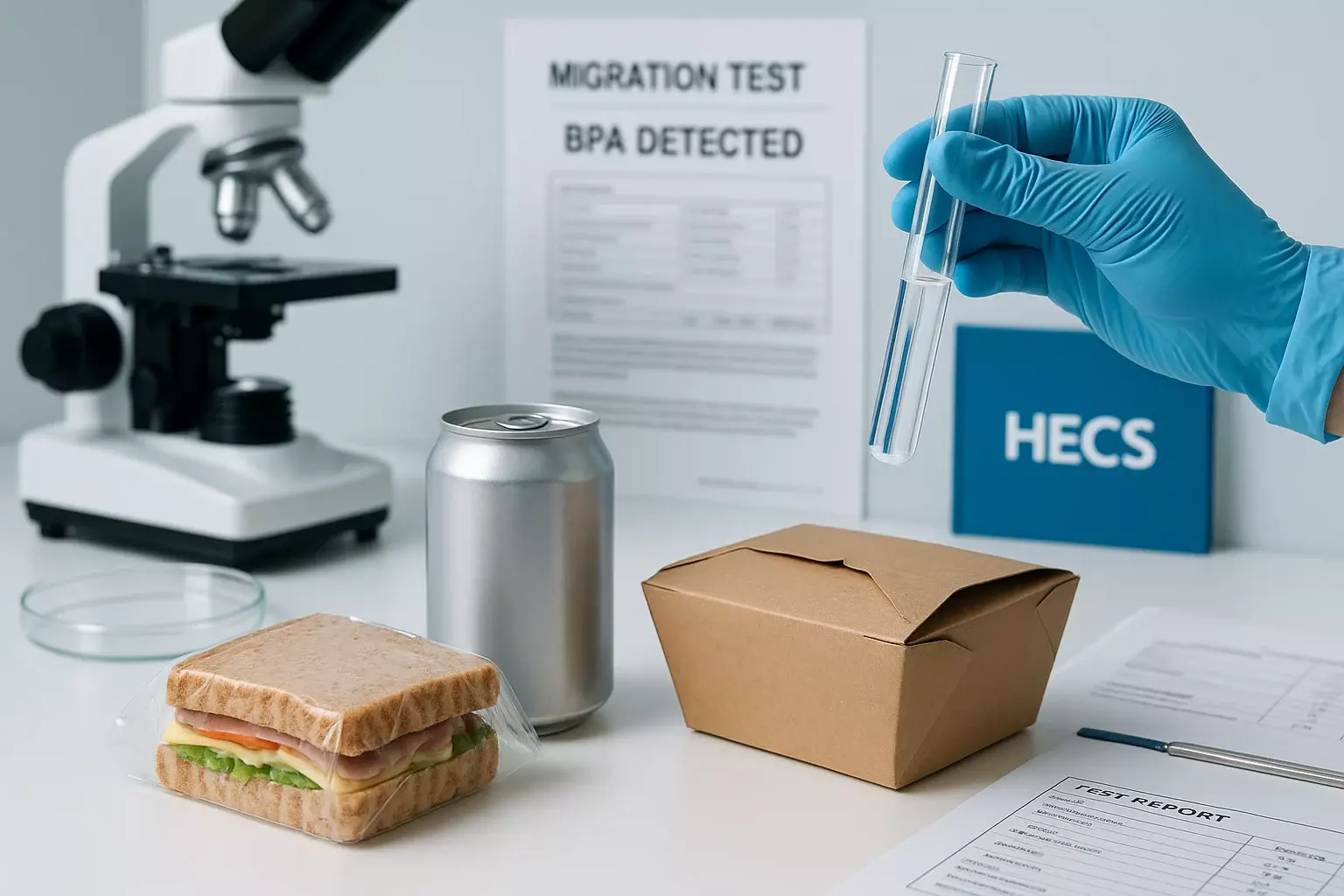
Food Packaging Safety Testing
Is your food packaging as safe as the food inside it? Many food manufacturers invest in premium ingredients and hygienic production, yet overlook a critical quality checkpoint—Food Packaging Safety Testing. Packaging contamination can silently compromise product safety, leading to potential health risks and long-term brand damage.
From plastic trays and metal cans to wrappers and laminated films, every packaging layer that touches food is classified as a food contact material. Without proper testing, these materials can leach hazardous substances like BPA, phthalates, or heavy metals, especially under heat, moisture, or storage conditions. That’s why Food Packaging Safety Testing is now a mandatory part of food safety compliance, not just a good practice.
As FSSAI packaging regulations tighten and consumers become more aware, food businesses must prioritise packaging audits as seriously as ingredient checks. Ensuring your packaging is non-toxic, compliant, and stable isn’t just about avoiding recalls—it’s about delivering trust, safety, and quality with every bite.
What is Food Packaging Safety Testing?
Food packaging safety testing evaluates whether materials that come into direct contact with food products are safe for consumption. Food contact materials include any packaging, containers, or surfaces that touch food during manufacturing, storage, or consumption – from plastic bottles and aluminium cans to paper wrappers and ceramic dishes.
These materials are heavily regulated because they can transfer unwanted substances into food through a process called migration. Common food contact materials include:
Plastic containers, films, and bottles
Paper and cardboard packaging
Metal cans and foil
Glass containers
Ceramic and porcelain items
Rubber and silicone components
The goal of food packaging testing is to ensure these materials don't compromise food safety or quality throughout the product's shelf life.
Why Leaching Tests Matter?
Leaching occurs when chemicals migrate from packaging materials into food products. This silent contamination can introduce harmful substances like BPA (bisphenol A), phthalates, heavy metals, and residual solvents into consumables.
The health implications are serious. BPA exposure has been linked to hormonal disruptions and developmental issues. Phthalates can affect reproductive health, while heavy metals like lead and cadmium pose neurological risks. Long-term exposure to these substances, even in small quantities, can accumulate in the body and cause chronic health problems.
Recent studies have highlighted concerning examples of packaging contamination. Plasticiser migration from flexible packaging has been detected in processed foods, while recycled paper packaging has shown elevated levels of mineral oils. These findings underscore why comprehensive leaching tests are essential for responsible food manufacturers.
FSSAI and Global Packaging Regulations
The Food Safety and Standards Authority of India (FSSAI) has established strict FSSAI packaging standards to protect consumers from packaging-related contamination. These regulations specify migration limits for various substances and require food-grade packaging compliance for all food contact materials.
Beyond FSSAI requirements, manufacturers must also consider:
Bureau of Indian Standards (BIS) specifications
European Union food contact regulations
FDA guidelines for US exports
Compliance with these standards isn't optional – it's mandatory for both domestic sales and international trade. Non-compliance can result in product recalls, hefty penalties, and permanent damage to brand credibility.
Types of Packaging Tests Conducted
Comprehensive food contact material testing involves several specialised assessments:
Migration Testing: Overall migration tests measure the total amount of substances that transfer from packaging to food simulants under specific conditions. Specific migration testing targets individual chemicals, like heavy metals or specific additives.
Heavy Metal Testing: Evaluates the presence of toxic metals like lead, cadmium, chromium, and mercury that could leach from packaging materials.
Residual Solvents Analysis: Detects solvent residues from printing inks, adhesives, and manufacturing processes that could contaminate food.
Compatibility Testing: Assesses how packaging materials interact with specific food products over their intended shelf life.
These tests simulate real-world storage conditions, including temperature variations, contact time, and different food types.
Industries That Must Prioritise Packaging Safety
Several sectors face heightened scrutiny for food packaging safety:
Food & Beverage Industry: Manufacturers of packaged foods, beverages, and ready-to-eat products must ensure their packaging meets safety standards.
Dairy Industry: Milk, yoghurt, and cheese packaging require special attention due to the products' sensitivity and direct contact with packaging.
Spice and Seasoning Companies: These products often have extended shelf lives, increasing the risk of chemical migration over time.
Export-Oriented Businesses: Companies targeting international markets must meet multiple regulatory standards simultaneously.
Pharmaceutical Industry: Even though not strictly food, pharmaceutical packaging follows similar safety protocols.
The consequences of non-compliance are severe. Product recalls can cost millions, while regulatory penalties and legal liabilities can devastate businesses. More importantly, contaminated products can harm consumers and destroy decades of brand building.
The Role of Accredited Laboratories
Working with NABL-accredited laboratories is crucial for reliable food packaging testing. Accredited labs possess the specialised equipment, trained personnel, and quality systems necessary to conduct accurate assessments.
Key advantages of accredited laboratories include:
Validated testing methods and procedures
Traceable calibration and quality controls
Internationally recognised certifications
Comprehensive reporting and documentation
Technical expertise in regulatory requirements
These facilities invest heavily in advanced analytical instruments and maintain strict quality standards to ensure test results are accurate, reproducible, and legally defensible.
How HECS Can Help?
HECS Environmental Lab brings extensive experience in food safety lab services across India, specialising in FSSAI-compliant food packaging testing. Our state-of-the-art facility conducts comprehensive migration testing, heavy metal analysis, and food contact material evaluations using internationally recognised methods.
Our team understands the complexities of food packaging regulations and provides detailed reports that help manufacturers demonstrate compliance with FSSAI packaging standards. We work closely with food business operators to identify potential risks and ensure their packaging materials meet all safety requirements.
Protect Your Products and Your Brand
Food packaging safety testing isn't just about regulatory compliance – it's about protecting consumers and preserving your brand's integrity. As awareness of harmful chemicals in packaging grows, proactive testing becomes a competitive advantage.
Manufacturers who invest in comprehensive packaging safety testing demonstrate their commitment to consumer health and product quality. This proactive approach helps prevent costly recalls, maintains consumer trust, and ensures access to both domestic and international markets.
Worried about your packaging materials?
HECS Environmental Lab offers NABL-accredited leaching and food contact material testing as per FSSAI guidelines. Get your packaging tested today and protect your brand's credibility.
Share this post:
